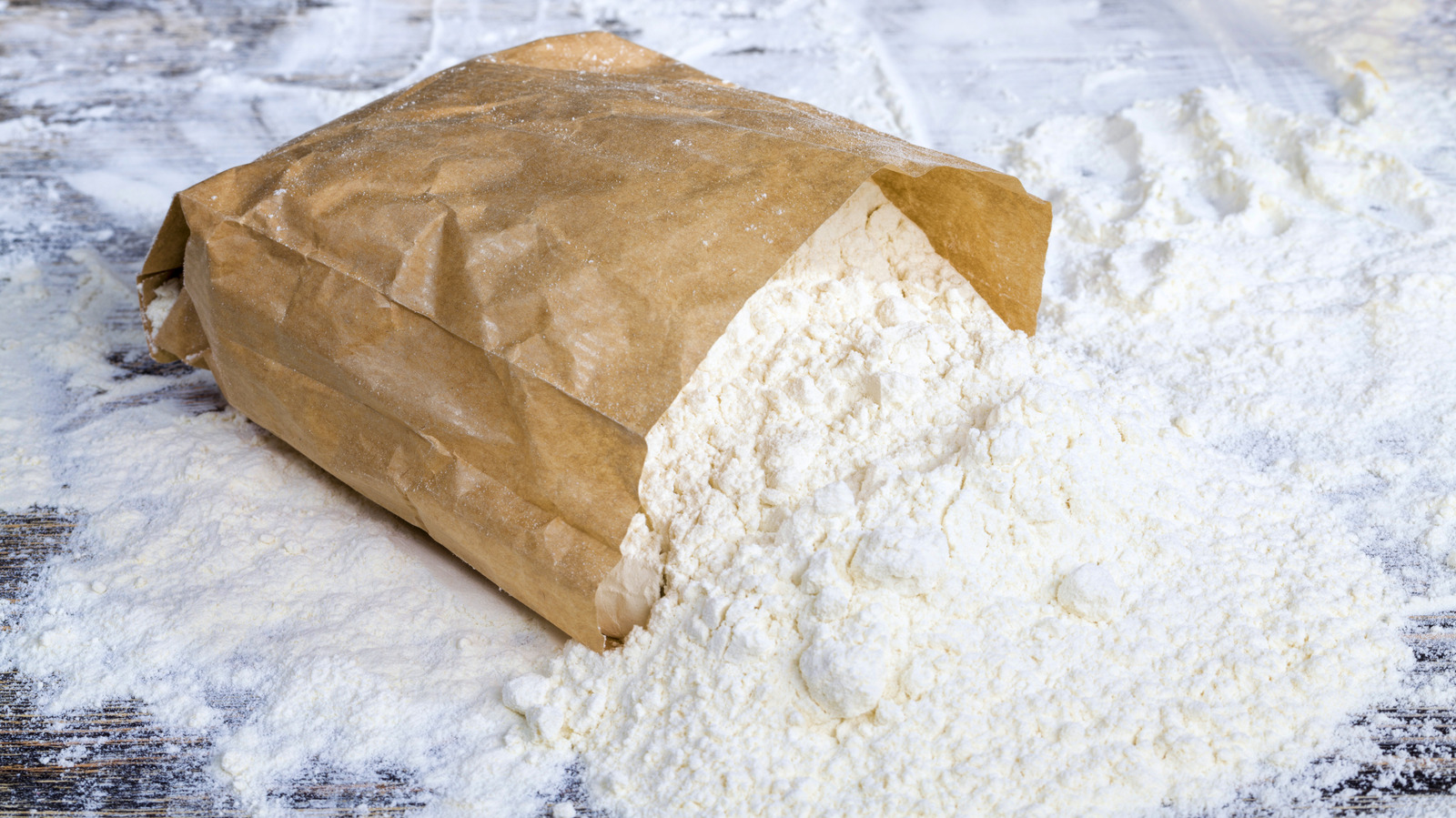
"Paper flour bags can be hard to keep closed and store without spilling, but they are an inexpensive method of packaging for flour companies. The bags are constructed from multiple layers of lightweight paper that allow air to circulate and prevent flour from clumping. Because air can get in and out of the bag easily, there is a lower risk of moisture staying trapped long enough to cause mold or rot."
"The truth is that the flour was never meant to stay in the bags for long. Flour companies expect consumers to put the flour in a food storage container. Many home goods companies make ceramic and glass jars and canisters that are properly sealed to keep bugs and moisture out and prevent spillage. Flour packaging has changed a lot throughout the decades."
Paper flour bags are inexpensive packaging made of multiple lightweight paper layers that allow air circulation and prevent clumping. The breathable construction reduces the chance of trapped moisture causing mold or rot. Flour is intended to be transferred from retail paper bags into sealed food storage containers to prevent spillage and keep bugs and moisture out. Ceramic and glass jars or bulk food storage containers provide proper seals. Flour packaging evolved from cotton or muslin bags reused for household items to cheaper paper bags by the 1950s. Store flour in cool, dark, dry places and label containers with expiration dates. Different types of flour have different shelf lives.
Read at Tasting Table
Unable to calculate read time
Collection
[
|
...
]